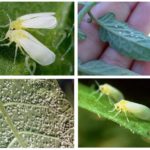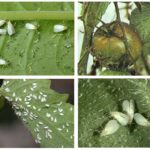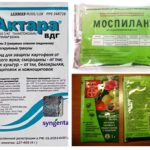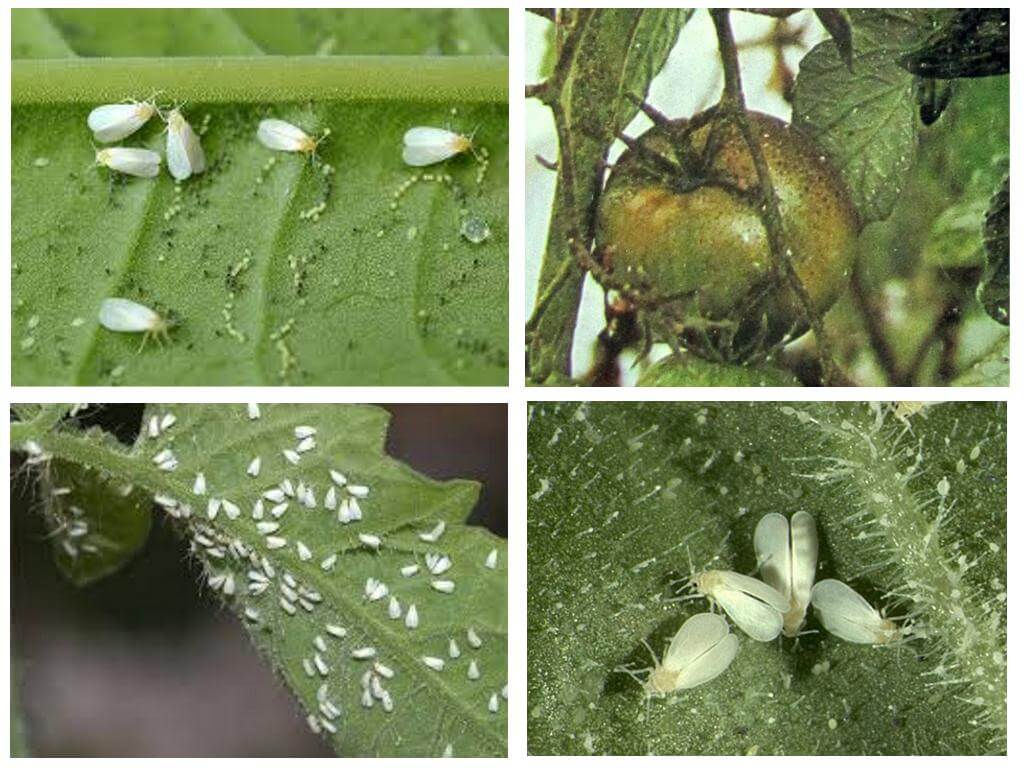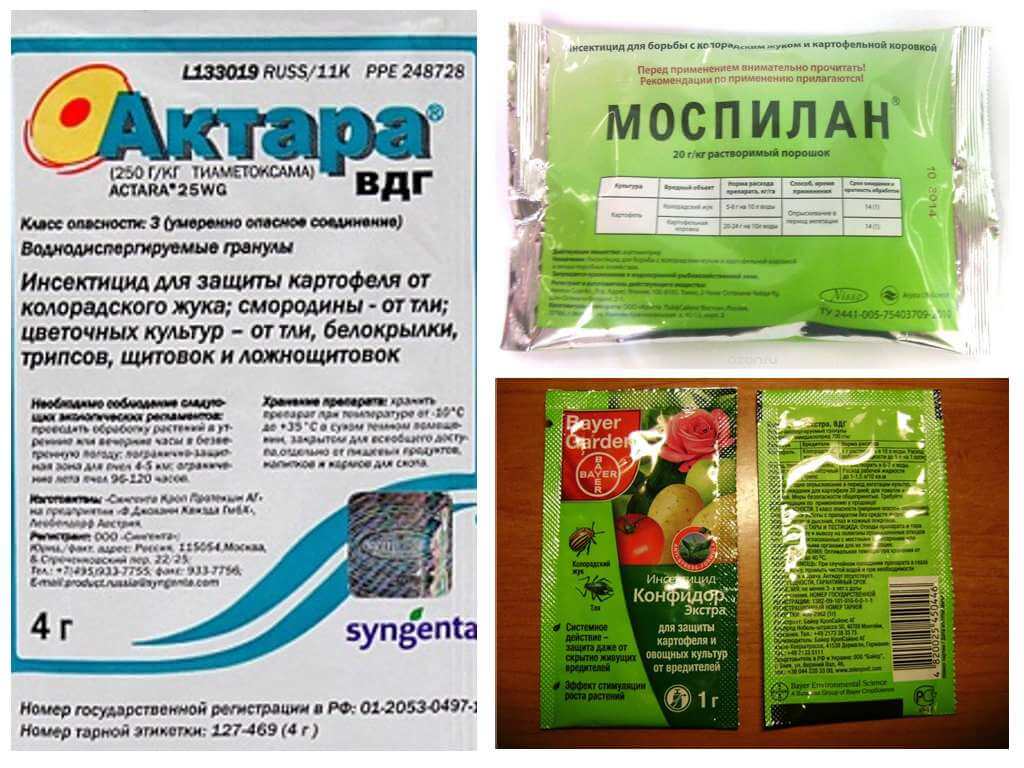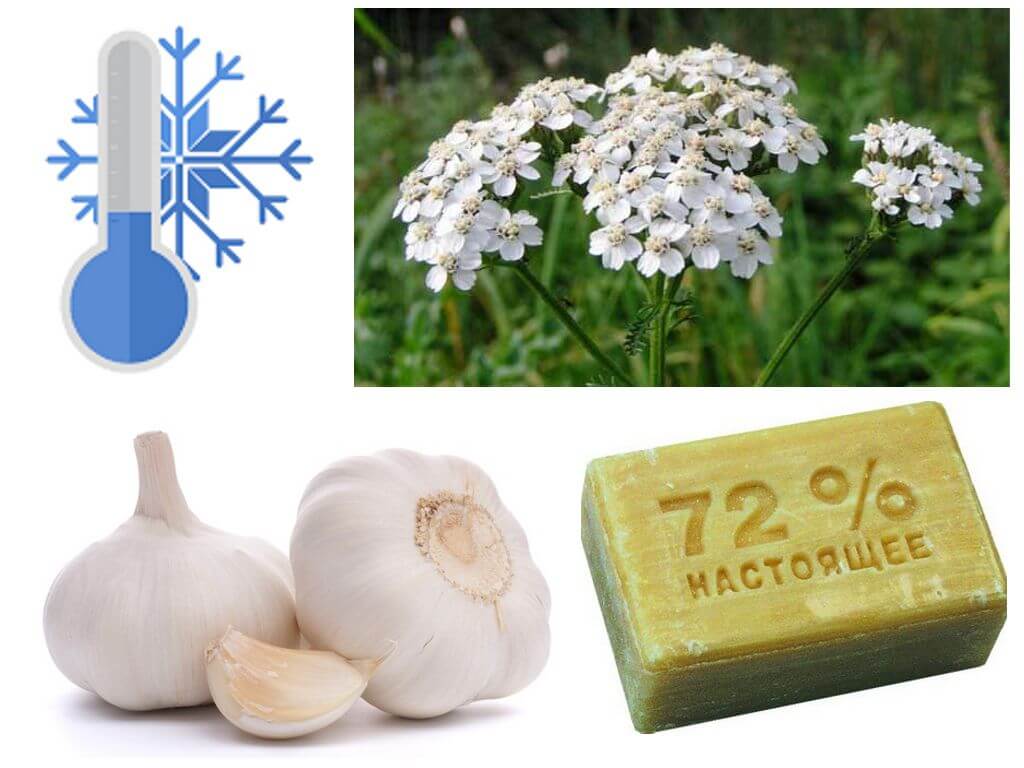Methods of dealing with whitefly on tomatoes in the greenhouse
Content
- White fly
- Whitefly on tomatoes
- Whitefly Remedies
- Folk remedies for the whitefly
A small insect, fluttering in a greenhouse and quickly breeding entire colonies, is familiar to many gardening enthusiasts. This is nothing like the whitefly - one of the most harmful insects that can cause serious damage to the crop. The whitefly is most common on tomatoes, but can also settle on cucumbers, cabbage, eggplant and even indoor plants.
Special features
White fly - small insect size (not more than 3 mm) that looks like aphid. It has white coated wings. It prefers to settle in large groups on the underside of a leaf of tomatoes. In the same place, the pest lays eggs, from which larvae appear. Attaching to the leaves, voracious the larvae feed their juice, the consequence of which is malnutrition, and later the death of the plant.
This moment is the most suitable for pest control. After all, the body of already saturated larvae is enveloped in a dense wax coating that prevents the penetration of insecticides. The harvest will not ripen in the greenhouse, if adult individuals begin to appear from the cocoons. They will lay eggs, and the breeding process will be repeated again. In this case, the fight with the whitefly on tomatoes can become meaningless.
A big danger to plants is the feces that the whitefly leaves in the greenhouse on the tomatoes. Initially, they look like a brilliant bloom. After a while, black fungi appear in those places in the form of dark spots.
On a note!
Often on the top of a leaf of tomatoes you can find a transparent or white bloom, which eventually becomes black. It is nothing like black mushrooms, which are formed from pest excretions.If no action is taken, they can spread to the fruit.
Signs of infection
You can detect the presence of a pest in the greenhouse by the following features:
- White midge resembling mole,, often flies over the beds of tomatoes in the greenhouse;
- It is possible to find whiteflies on tomatoes, if you slightly shake up a seedling bush - a whole swarm of small butterflies will appear above it;
- The presence on the underside of a tomato leaf barely visible translucent scales;
- The presence on the sheet of sticky and shiny plaque (product of insect activity) in different parts of the plant;
- Dark and black spots on tomatoes in a greenhouse are a sign of plant infection with a black fungus that spreads the whitefly;
- Slowed plant growth;
- Yellowed and twisted leaves on tomatoes in a greenhouse.
Any of the above symptoms means that the whitefly lives on the tomatoes in the greenhouse.
Ways to fight
Not every gardener knows how to get rid of whitefly on tomatoes in a greenhouse. So flitting moshkara is destroyed more easily, and it does less harm to plants than its larvae.There are various methods of dealing with whitefly on tomatoes in the greenhouse.
Chemical method
The use of chemicals. Remedies for whitefly on tomatoes insecticidal composition diluted according to the attached instructions. The resulting solution is used for spraying infected plants.
It is necessary not only to know how to process the tomatoes, but also to choose the right drug. After all, the poison of some chemicals acts on insects through the sap of plants; contact insecticides kill the pest when it hits it. Chemical preparations based on soap are used when aggressive agents cannot be used. You should also consider the degree of infection of the plant. The following drugs are recognized as the most effective: Aktara, Phosbecid, Pegasus, Confidor or Mospilan.
Fumigation
Fumigation is another effective pest control method in the greenhouse. Whitefly on tomato seedlings will not appear if such a procedure is carried out at least twice a year. You can fight the parasite with insecticide checkers. Such processing will help get rid of the whitefly in the greenhouse, and also from insect larvae and pupae.
Mechanical method
The mechanical method of dealing with whitefly involves treating the leaves of the plant with soapy water, which is then washed off with clean water. This procedure allows you to get rid of the clutches of whitefly, which allows plants to breathe better.
Glue blackfly trap - Another effective method to combat pest in the greenhouse. They can be purchased at any specialty store or market. And you can make a trap yourself. It is enough to take a yellow or white colored cardboard and cover it with a layer of vaseline. Bright colors will attract butterflies, but contact with a sticky surface will be disastrous for them.
Biological method
The biological method of pest control is an excellent alternative to chemicals. It involves the use of special insects, the larvae of which parasitize on the whitefly, eating it. Such insects in the pupal state are placed on cardboard sheets and hung between tomatoes. Mature offspring moves on the leaves infected with the whitefly, and eats its fixed larvae.
Folk remedies
There are also folk remedies to combat the winged tomato pest. Despite the fact that their use requires repeated use, these methods of struggle are the safest for human health.
The use of cold air gives a good effect. Low temperatures are detrimental to insects. Therefore, if a variety of tomatoes allows, then you can take them out of the greenhouse to the cold.
The most effective remedy for whitefly is garlic. It has bactericidal properties that deter pests. Garlic tincture is used for watering and spraying tomato seedlings.
No less effective means of soap. It is rubbed on a fine grater and diluted in warm water at a ratio of 1: 6. The resulting solution is used to process tomatoes.
You can also treat infected tomatoes in the greenhouse with infusion of yarrow (80 g of grass per 1 liter of boiling water). Large leaves of tomatoes are wiped with a cotton pad, and small ones can be simply sprayed.
Prevention
Fighting a whitefly on tomatoes in a greenhouse may not be necessary if preventive measures are applied. It is not for nothing that people say that a disease is easier to prevent than to cure it.
- It should be in advance to paint all the metal parts of the greenhouse construction.
- Preparation and requires land - it must be cleaned from last year's grass and tops.
- Do not leave the compost in the garden, as it can become a great habitat for insects.
- When buying seedlings carefully check the plants for whitefly infestation.
- While planting seedlings need to take care of high-quality ventilation in the greenhouse.
- The air temperature in the greenhouse should not exceed 15 degrees.
Such tips and control techniques will help prevent the appearance and spread of whitefly on tomatoes in your greenhouse.
Reviews
“It’s not easy to fight with the whitefly, but still it’s possible. I regularly look at tomatoes and, having found a pest, I try to get rid of it faster: I immediately wash the larvae and eggs from the leaves, and put sticky traps for the butterflies. ”
Nikolay, Lipetsk
“I struggle with this filth with garlic infusion. 1 liter of water pour 170 g of finely chopped garlic, and insist the mixture for 5 days. For the treatment of infected tomatoes, I apply a solution based on 1 l of water of 6 g of concentrate. ”
Hope, Balashikha
“You can still handle the leaves with a solution of soap. I tried, really helps. The fight with the whitefly needs to start as early as possible, otherwise problems cannot be avoided. ”
Olga, Moscow

